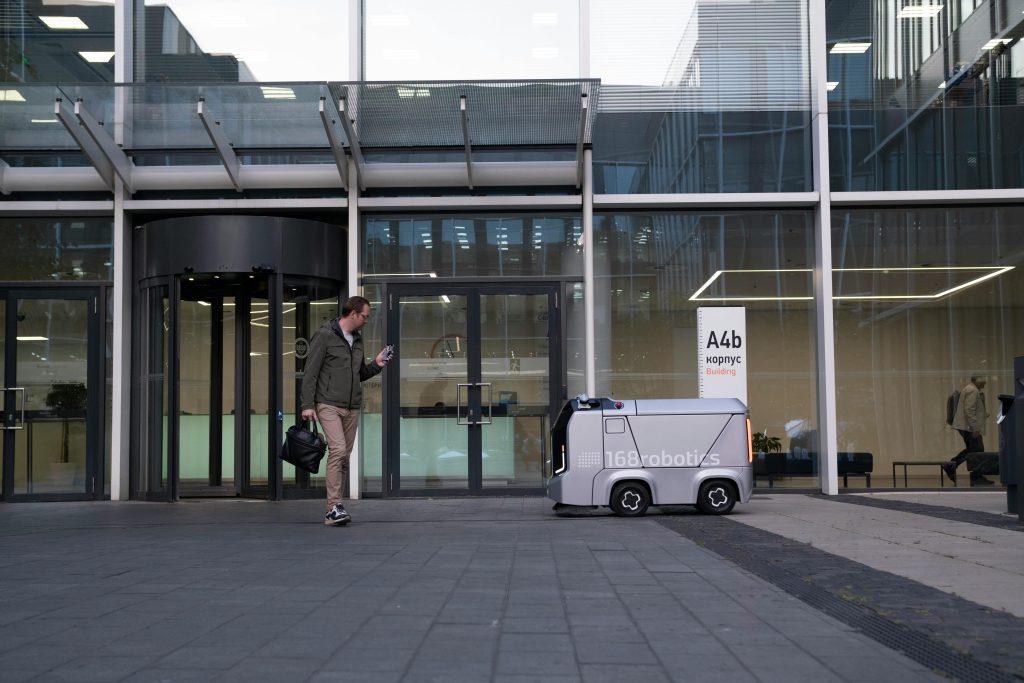In 2025, digital twins and AI in smart infrastructure are driving transformative changes across cities—from advanced climate resilience to optimized energy grids. As urban areas face growing threats like extreme weather, aging systems, and rising energy demand, using digital replicas and intelligent analytics is becoming essential. In particular, the integration of digital twins and AI allows cities to simulate challenges, predict outcomes, and coordinate timely responses—creating infrastructure that’s resilient, efficient, and future-ready.

1. Digital Twins: Virtual Models for Real-World Resilience
Digital twins—real-time, virtual mirrors of physical systems—are becoming core to city resilience planning. Over 500 cities are expected to adopt this approach by 2025, using virtual representations to optimize infrastructure, manage energy use, or monitor environmental conditions. For example:
- Los Angeles employs digital twins to manage traffic more effectively.
- Palermo uses them for the upkeep of green spaces.
- Cities like Houston, Singapore, and Amsterdam rely on digital twins and AI to battle heat islands, floods, and air pollution.
Consequently, decision-makers can anticipate issues before they become crises, and optimize resource allocation with greater precision.
2. AI and Edge Computing: Smarter, Faster Infrastructure
As IoT devices surge—projected to reach 40 billion by 2030—traditional central cloud systems strain under bandwidth and latency pressures. To counter this, cities are adopting edge and fog computing frameworks, such as the ROOF model, which process data closer to its source. This reduces latency, improves security, and enhances efficiency, especially in traffic and environmental monitoring systems in cities like Bhubaneswar, Barcelona, and Copenhagen.
Moreover, combining AI with these frameworks enables responsive, real-time interventions—for instance, adjusting traffic signals to ease congestion or detecting air quality issues before they escalate.
3. Smart Energy: Grids, Mini Weather Stations & Real-Time Adaptation
Energy infrastructure is becoming smarter through predictive monitoring and automation:
- Businesses like Mastercard deploy mini weather stations worldwide to track street-level conditions—such as heat or flood risk—providing real-time data that supports disaster preparedness.
- Meanwhile, digital twins and AI are being used to monitor energy networks, enabling operators to avoid blackouts and optimize supply. Additionally, self-healing materials—like smart concrete—are being tested to reduce maintenance waste.
Through these innovations, infrastructure becomes adaptive and resilient—portending a shift from reactive to predictive maintenance models.
4. Major Infrastructure Projects: Smarter by Design
Several large-scale urban developments are embedding smart infrastructure from the outset:
- Bhubaneswar New City in India will feature solar power and greenfield design to house 200,000 residents—accelerated by a newly approved greenfield ring road.
- Sudair City in Saudi Arabia, the Point Estate in Australia, and Singapore’s Integrated Operations Center exemplify infrastructure planned from scratch with embedded intelligence—AI, IoT, design tools, and sustainability at their core.
These projects highlight a shift from retrofitting tech to building smart ecosystems from the ground up.
5. Connectivity, 5G & Data Platforms: Foundations for Innovation
Connected infrastructure reinforces everything—from autonomous mobility to public safety:
- EU projects like DS4SSCC are developing interoperable, federated data spaces and urban data platforms so cities can share data securely and power services like energy planning, traffic, and waste management.
- In Dresden, the EU’s Mobilities for EU project uses 5G networks to power solutions like e-buses, autonomous freight, and charging robots, improving urban transport sustainability.
Thus, seamless data flow supports dynamic urban systems—and cities become more adaptable and responsive.
6. Carbon-Neutral Neighborhoods: Hyperlocal Smart Infrastructure
Smaller-scale smart infrastructure is also gaining prominence:
- Bahnstadt in Heidelberg uses over 3,000 smart meters, green rooftops, and energy-efficient buildings to reduce heating use by 80%.
- Bryant, Michigan, has transformed into the U.S.’s first carbon-neutral neighborhood by upgrading insulation and using solar panels.
Often overlooked amid larger city-wide initiatives, neighborhood-level approaches demonstrate early measurable impact on sustainability.
7. Deployment Challenges: Awareness, Integration, and Governance
Despite momentum, there are hurdles to scaling smart infrastructure:
- India’s smart meter rollouts face connectivity issues, low public awareness, billing mistrust, and procurement delays.
- Research in Australia shows that in many developments, only 55% of industry leaders say smart technologies are considered early enough—leading to costly retrofits instead of integrated planning.
Addressing these challenges will require early-stage collaboration and stronger governance frameworks.
8. Summary: Why digital twins and AI in smart infrastructure Matter Now
- Digital twins and AI enable proactive urban planning and emergency response.
- Edge computing and AI reduce latency and enhance system reliability.
- Real-time energy and climate monitoring fortify infrastructure resilience.
- Smart cities and neighborhoods built from scratch are more sustainable and scalable.
- Data platforms and 5G lay the foundation for seamless urban intelligence.
- Challenges around governance, awareness, and integration must be addressed for sustainable adoption.
Ultimately, digital twins and AI in smart infrastructure are not just buzzwords—they’re becoming operational necessities in designing resilient, sustainable cities for the future.
9. A Practical Guide for Urban Leaders and Developers
Here’s how cities and developers can act now:
- Start with pilot projects using digital twins for critical areas—transport, energy, or water.
- Adopt edge-AI frameworks like ROOF in high-traffic or climate-sensitive zones to avoid latency issues.
- Install hyperlocal monitoring systems—mini weather stations, sensors, or smart meters—to gather actionable data.
- Embed smart infrastructure early in new developments—such as solar roads, integrated grids, or smart zoning.
- Invest in connectivity: deploy 5G and open data platforms for interoperable infrastructure.
- Engage communities to build trust and awareness around smart tech benefits, data use, and sustainability goals.
- Champion governance: establish standards for privacy, data sharing, and system maintenance.
By applying these steps, cities can move from planning to implementation—shaping resilient, liveable, and efficient urban environments.
Conclusion
From digital twins to AI-enabled edge systems, smart infrastructure is swiftly redefining how cities plan, operate, and endure. Whether on the scale of entire urban centers or neighborhood clusters, digital twins and AI in smart infrastructure offer city planners a forward-looking toolkit. With clear strategy, cross-sector collaboration, and public engagement, these technologies can help cities thrive in the face of climate threats, population growth, and evolving urban needs.
References:
- Reuters. (2024). How AI is arming cities in the battle for climate resilience.
https://www.reuters.com/sustainability/climate-energy/how-ai-is-arming-cities-battle-climate-resilience-2024-05-23/ - Business Insider. (2025). From Australia to Saudi Arabia, these cities are getting smarter by design.
https://www.businessinsider.com/sc/how-smart-cities-are-transforming-urban-living - Times of India. (2025). Union Cabinet nod to ring road will accelerate Bhubaneswar New City project: CM.
https://timesofindia.indiatimes.com/city/bhubaneswar/union-cabinet-nod-to-ring-road-will-accelerate-bhubaneswar-new-city-project-cm/articleshow/123417646.cms









